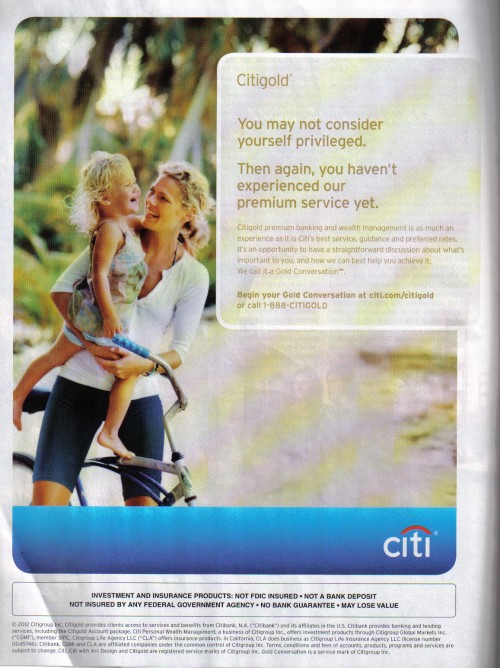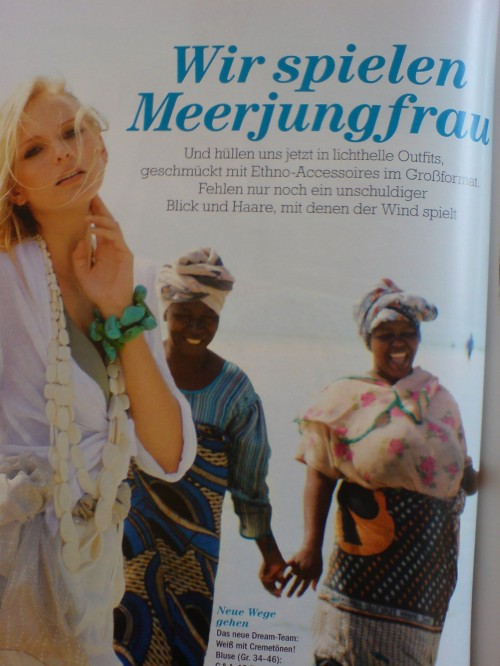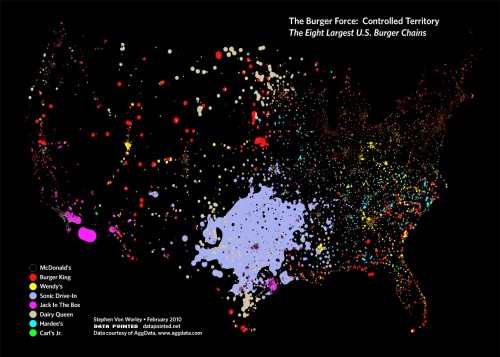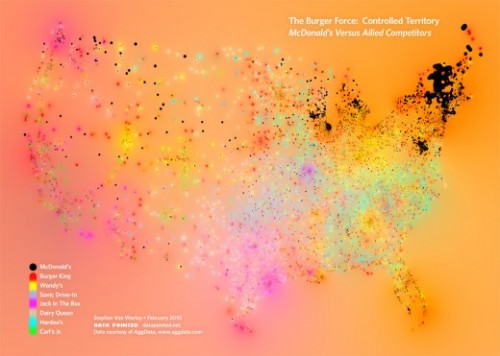A while back, in a post of test prep for kindergarten entrance exams, I criticized the idea that we should be giving our children every advantage. Have every advantage over who? Somehow, I wrote, “the fact that advantaging your child disadvantages other people’s children gets lost. If it advantages your child, it must be advantaging him over someone else; otherwise it’s not an advantage, you see?”
This notion applies, also, to our adult lives, as manifest in a post about the “luxury” of drinking tea that was especially time-consuming to prepare. We’re supposed to find appealing the idea that someone else has had to work really hard for our pleasure and comfort. Really?
I thought of both of these examples when I saw this Citigold ad, submitted by vmlojw. The copy reads, “You may not consider yourself privileged. Then again, you haven’t experienced our premium service yet.”
What is interesting to me about this is the assumption that we should all seek to have MORE than other people. The ad doesn’t suggest that we should seek to be comfortable or have enough to get by, but instead appeals to the idea that we must all want a “premium” life, one that is characterized by having more than other people.
And this isn’t interpreted to mean that you’re greedy or arrogant. It doesn’t reflect on your character negatively. Instead, being on the top of a hierarchy is something to aspire to. The fact that that your being on top requires other people to be on the bottom is of no concern. The pleasures and comforts of being on the top are things that we should enjoy without qualms.
Meanwhile, the existence of hierarchy itself — the idea that we must live in a world where some people have so much and others have so little — is never questioned. I think there’s a nearly-invisible American value here that I would like us to talk more about.
Lisa Wade, PhD is an Associate Professor at Tulane University. She is the author of American Hookup, a book about college sexual culture; a textbook about gender; and a forthcoming introductory text: Terrible Magnificent Sociology. You can follow her on Twitter and Instagram.
















